SolMicrogrid introduced a new energy-as-a-service (EaaS) program that targets developers looking to make a clean and quick break from solar and microgrid projects near completion in exchange for upfront capital.
The company’s partner program delivers faster exits to developers and provides the host customer with no capital expenditure energy under a long-term EaaS agreement, SolMicroGrid said.
SolMicrogrid said it has the capital to acquire a wide range of systems, including rooftop solar, solar canopies, battery storage, generator sets, electric vehicle infrastructure and advanced microgrids.
With EaaS agreements, customers pay for energy services without the responsibilities of owning or managing the infrastructure. EaaS agreements allow businesses to integrate renewable energy into their operations without upfront capital investments by paying for the energy service on either a subscription or a pay-per-use basis.
According to SolMicroGrid, EaaS agreements typically offer renewable energy rates at a discount from traditional utility tariffs.
SolMicroGrid’s CEO Kirk Edelman said, EaaS models create value for all stakeholders. “Project originators receive a clean, fast exit and upfront payment,” he said, “Host customers get predictable energy savings without ownership complexity, and SolMicroGrid assumes long-term operations, maintenance and performance responsibility,” Edelman said. “It’s an elegant solution to a common challenge.”
EaaS models aren’t necessarily new, as they’ve been around for some time in capital-intensive industries with significant but consistent year-round baseloads, such as hospitals.
However, their benefits are quickly catching on in the commercial and industrial environments. Compared to the residential sector, where energy efficiency and thermal upgrades are becoming increasingly prevalent, C&I has largely stalled due to capital constraints and complex projects requiring coordination between various providers.
While solar has delivered meaningful long-term value for many C&I facilities, the cost and complexity of maintaining aging systems is often underestimated. According to the National Renewable Energy Laboratory (NREL), operations and maintenance (O&M) for solar systems can range from $15 to $25 per kilowatt per year. As equipment ages, performance can degrade, warranties may expire, and unplanned repair costs can mount.
By transferring ownership to a third-party energy provider, C&I owners not only avoid these escalating costs—they gain a partner with the technical expertise, financial strength, and performance incentives to optimize the long-term output of the system.
Chick-fil-A, for example signed an EaaS agreement earlier this year with SolMicroGrid for an onsite energy storage system and solar array. The project is expected to lower the franchise location’s annual energy bills by 10%, providing about one-third of its energy needs, all without any upfront costs or maintenance responsibilities on Chick-fil-A’s end.
SolMicroGrid launched another program in line with its EaaS strategy earlier this year. The “Array to Microgrids” service enables business owners to sell their aging solar arrays for an upfront cash infusion in exchange for a fully managed microgrid.
(Also read: How C&I owners are monetizing their solar arrays and transitioning to microgrids)
This content is protected by copyright and may not be reused. If you want to cooperate with us and would like to reuse some of our content, please contact: editors@pv-magazine.com.
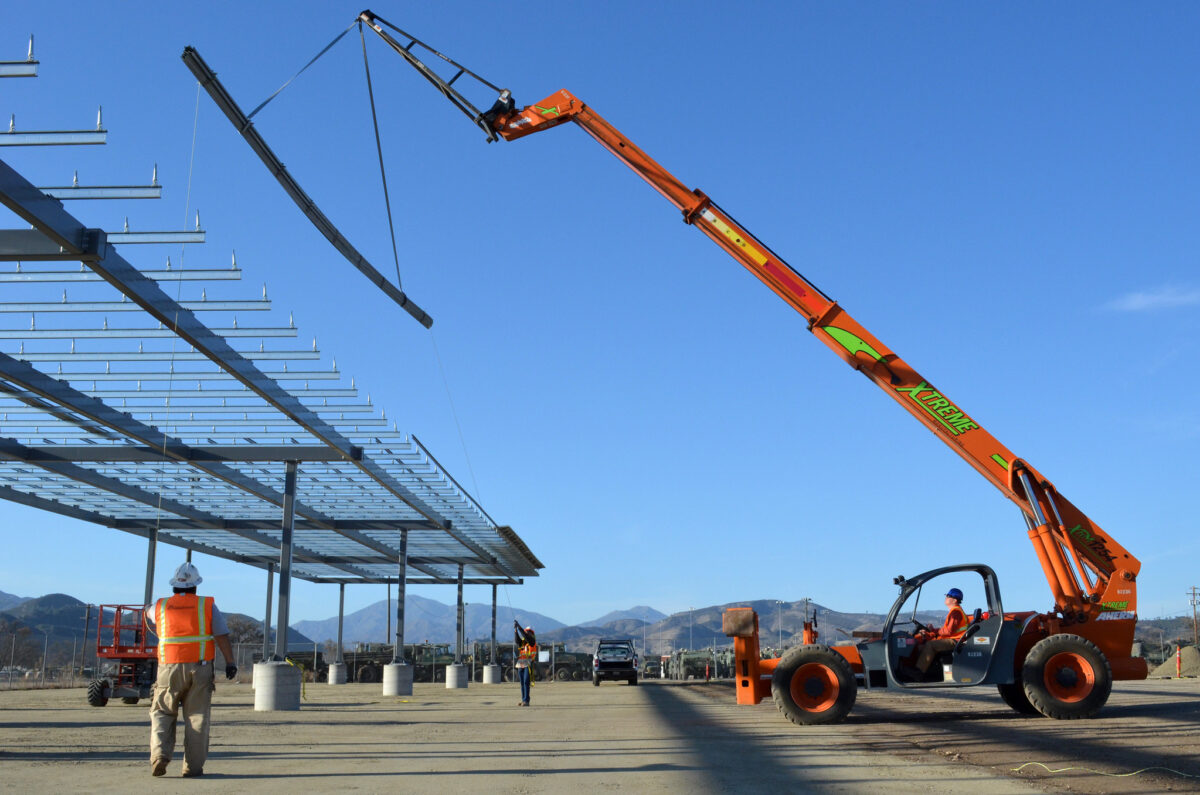
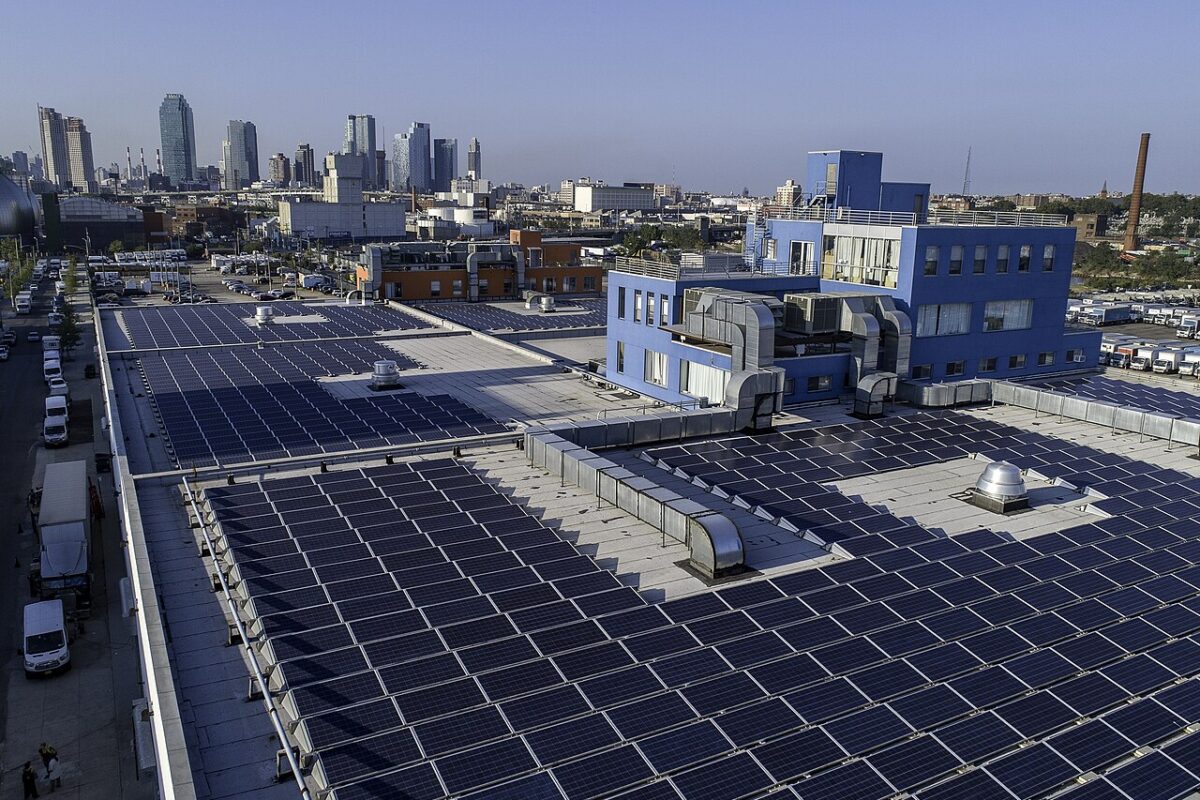




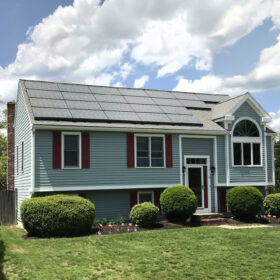
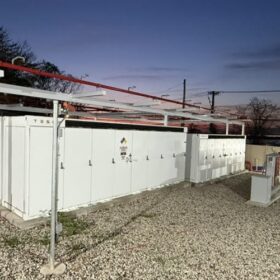
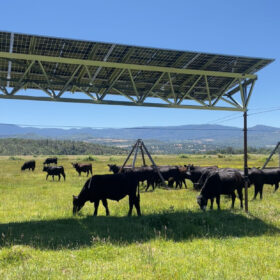
By submitting this form you agree to pv magazine using your data for the purposes of publishing your comment.
Your personal data will only be disclosed or otherwise transmitted to third parties for the purposes of spam filtering or if this is necessary for technical maintenance of the website. Any other transfer to third parties will not take place unless this is justified on the basis of applicable data protection regulations or if pv magazine is legally obliged to do so.
You may revoke this consent at any time with effect for the future, in which case your personal data will be deleted immediately. Otherwise, your data will be deleted if pv magazine has processed your request or the purpose of data storage is fulfilled.
Further information on data privacy can be found in our Data Protection Policy.